How to Fix a Cracked Smart TV Screen?
That gut-churning crunch or spiderweb fracture on the display of your smart TV – it's one second that'll ruin your day. Don't lose your cool and dump it on the curb yet. Let's go through what you can actually do. Fixing a broken TV screen can be a nightmare, but understanding your options is the key. This manual will help you decide on the extent of the damage, explore repair solutions, and make the optimal decision for your entertainment center and your budget.
1. Safety First & Damage Assessment: Don't Make it Worse
Safety above all else before you even think about fixing anything. If the screen is badly shattered with loose glass, shut off the TV at once. You don't want any electrical shocks. If you must work with it, put on gloves to protect your hands from sharp edges.
Now, have a calm look at the damage. Is it a cosmetic surface scratch that's frustrating, but otherwise no big deal, or do we have deep cracks that look like a roadmap? Surface scratches will only affect the viewing experience in off mode or for very dark scenes. More significant cracks, however, are more often signs of serious problems.
Turn the TV on (if it's safe to do so and already plugged in) to see the full impact. You might see:
- Spiderweb cracks: These can distort the image or create black spots.
- Black splotches or lines: This indicates damage to the display panel itself, not just the protective outer layer.
- A completely dead screen: If the impact was severe, the whole display might be gone.
Understanding the severity will heavily influence your next steps. A minor scratch is a world away from a shattered internal panel.
2. Initial Viability Check: Warranty, Insurance & Ballpark Costs
Before repair quotes, do a little homework. Dig out your TV's purchase receipt or manual. Most manufacturer warranties cover defects, not accidental damage (like a flying toy car incident). However, if you bought an extended warranty or accidental damage protection plan, now's the time to read the fine print. This could save you a lot of money.
Also, check your homeowner's or renter's insurance policy. Some policies offer coverage for accidental damage to personal property, though there will likely be a deductible. It’s worth a call to your insurance agent to inquire.
Finally, do a quick mental check. If your TV is older, was relatively inexpensive, and the damage looks severe, repair might not be economically sensible. Replacement screens are often the most expensive component of a TV.
3. The Crucial Decision: Repair vs. Buying a New TV
This is where things get real. The big question: Is it worth fixing, or should you just bite the bullet and get a new TV? There’s no single right answer, as it depends on several factors.
Consider the damage you discovered, size-wise. A couple of barely visible scratches? Maybe an inexpensive and fast fix. A cracked screen with dead pixels and lines? That's a big fix. Professional screen replacement is pretty easily in the range of several hundred dollars, sometimes even on the verge of the cost of a brand-new similar TV, especially with bigger screens or higher-end sets.
Take the age and technology of your current TV into consideration. If it is five years old and a 1080p, and a brand-new 4K TV with smarter features isn't well above the price quote to fix it, then upgrading might be the smart move. You get new technology, a new warranty, and a fresh start. But if the TV you broke is a high-end OLED you bought last year, repairing it, even if costly, might be better than replacing it.
Factor in your budget. Can you comfortably afford a new TV, or is a repair, even if a stretch, the more feasible option right now? Weigh the short-term cost of repair against the long-term value and enjoyment of a new set.

4. Repair Option 1: DIY Fixes for Minor Surface Damage
If the damage is truly minor, like very light surface scratches, there are a few DIY tricks you might try. But let's be clear: these are generally temporary, cosmetic fixes and won't work on actual cracks or deep gouges. Proceed with extreme caution, as you can sometimes make things worse.
- Specialized screen scratch repair kits: Some kits are designed for plastic or glass screens. Follow their instructions to the letter. These often involve a very fine abrasive or filler.
- Petroleum jelly or clear nail polish (use with extreme caution): For the tiniest, almost invisible scratches, some people have had limited success by dabbing a minuscule amount into the scratch to fill it. This is risky and can look messy if not done perfectly.
- Toothpaste (non-gel, non-whitening, mild abrasive): Again, for the faintest of scratches. Apply a tiny bit to a microfiber cloth and gently rub in a circular motion. Wipe clean. This is more for polishing out superficial scuffs than fixing cracks.
Remember, these are last-resort options for very minor issues. If you see lines, dead pixels, or anything more than a faint surface mark, DIY isn't going to cut it for a real fix.
5. Repair Option 2: Professional Repair Services & Parts Sourcing
For anything beyond a superficial scratch, you’ll need professional help if you decide to repair. The screen panel itself is a complex and delicate component.
Start by contacting the TV manufacturer. They can often recommend authorized service centers. Alternatively, look for reputable local electronics repair shops. Always get a quote upfront. Many shops charge a diagnostic fee, which may or may not be applied to the repair cost if you proceed.
Ask about the repair process. How long will it take? Do they use genuine manufacturer parts? What kind of warranty do they offer on the repair itself? A screen replacement is essentially a transplant of the TV's most vital organ, so you want it done right.
If you're incredibly tech-savvy and brave, you could attempt to source a replacement screen yourself and do the repair. Websites like eBay or specialized electronics parts suppliers sometimes list TV screens. However, finding the exact model match can be tough, and the process of disassembly and reassembly is intricate and fraught with peril. For most people, this isn't a realistic option. Leave it to the pros.
6. Post-Repair Care: Maximizing Your Repaired TV's Lifespan
If you’ve successfully repaired your screen, or even if you’re just trying to be more careful with a new one, proper care is essential. A repaired screen might be slightly more vulnerable, or you just want to avoid a repeat incident.
Clean the screen gently. Use a soft, dry microfiber cloth. For stubborn smudges, lightly dampen the cloth with distilled water or a screen cleaner specifically approved for your TV type (LED, OLED, etc.). Never spray liquid directly onto the screen, and avoid harsh chemicals like window cleaner or alcohol.
Avoid putting pressure on the screen. Don't lean things against it, and teach kids (and sometimes adults!) not to poke or tap the display. Keep the area around the TV clear of dust and potential hazards.
7. Prevention is Key: Safeguarding Your Smart TV Screen
The best solution is, of course, not to require one in the first place. A few preventative measures can save you a lot of frustration and money down the line.
- Strategic Placement: Place your TV in a place away from traffic zones where it can be bumped into. If it's on a stand, ensure the stand is stable and appropriate for the weight and size of the TV.
- Wall Mounting: This is typically the safest option, especially if you have young children or pets. A properly wall-mounted TV is much harder to tip over.
- Screen Protectors: They make them for TVs too! A good screen protector can absorb the impact from flying toys or accidental bumps, sacrificing the protector to spare the TV screen itself.
- Careful Use Habits: Designate a "no-throwing-zone" near the television. Be careful when moving furniture nearby or vacuuming. These good habits can go a long way.
A cracked TV screen is frustrating, but by objectively assessing the situation, weighing your options, and taking preventive measures, you can deal with this mishap with a clear head.

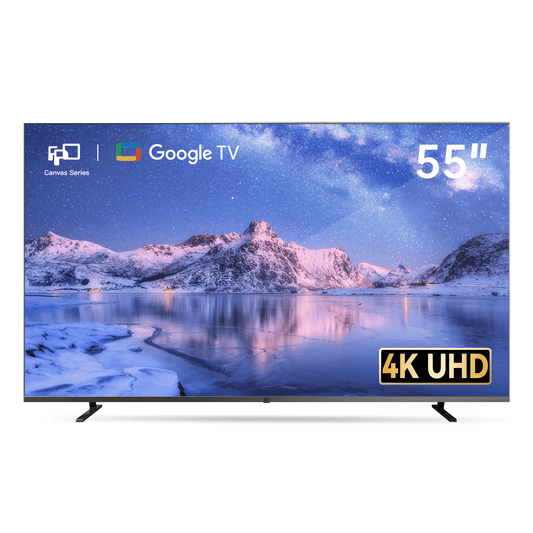

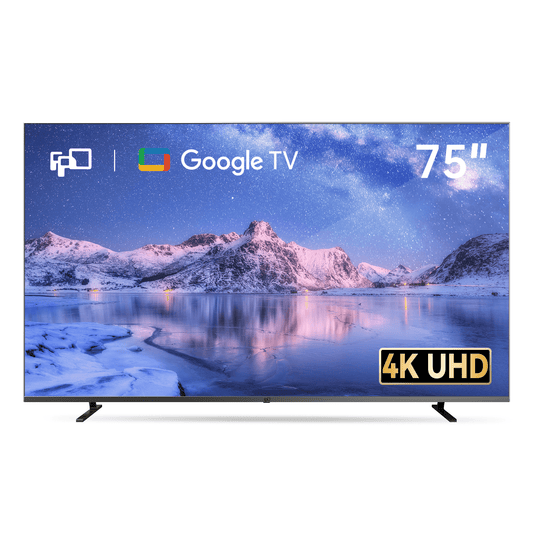
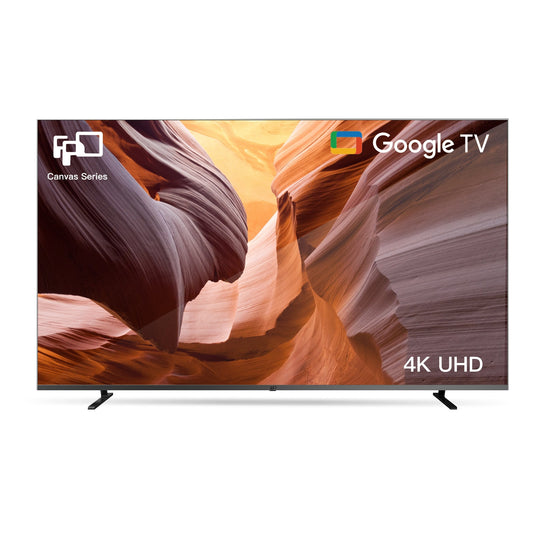
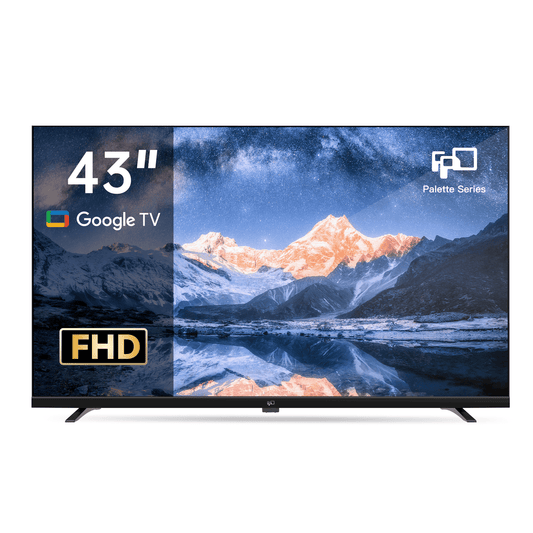
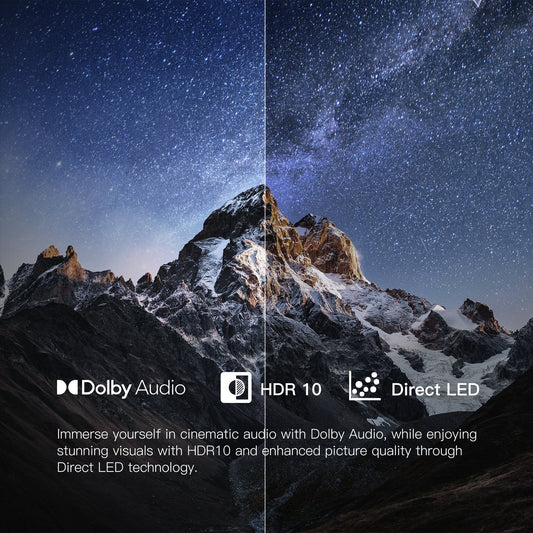

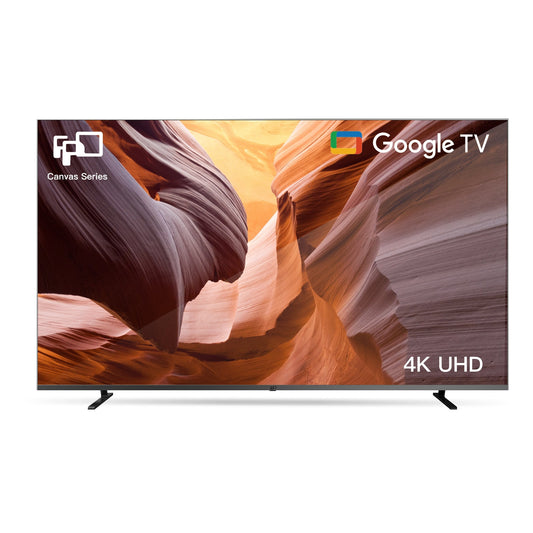
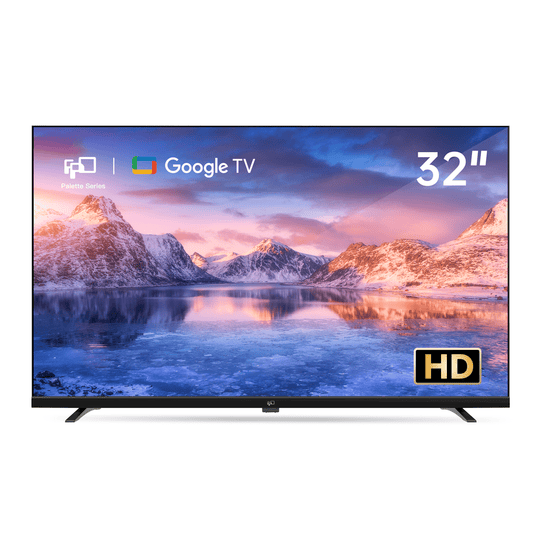

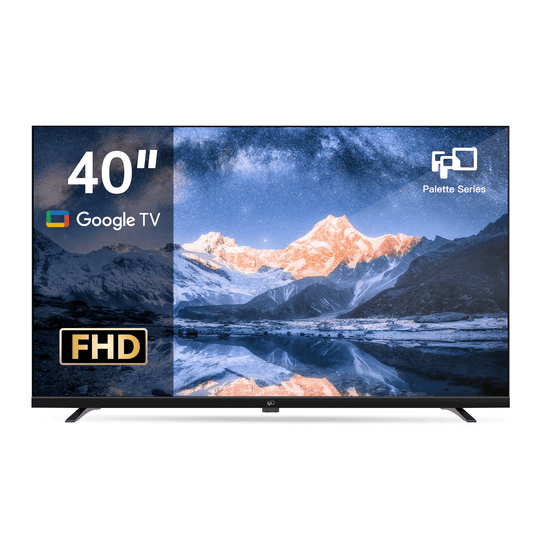
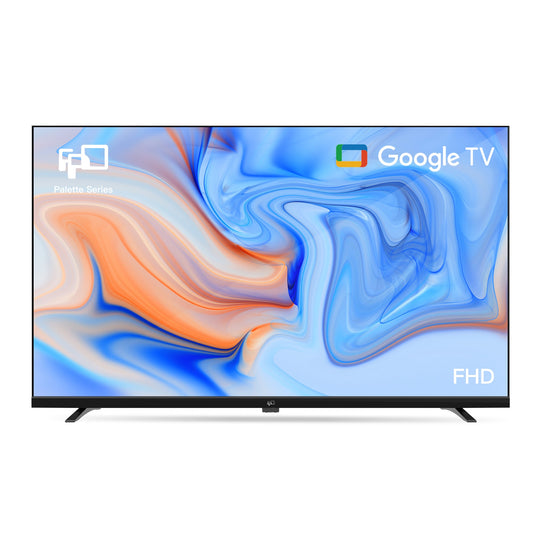
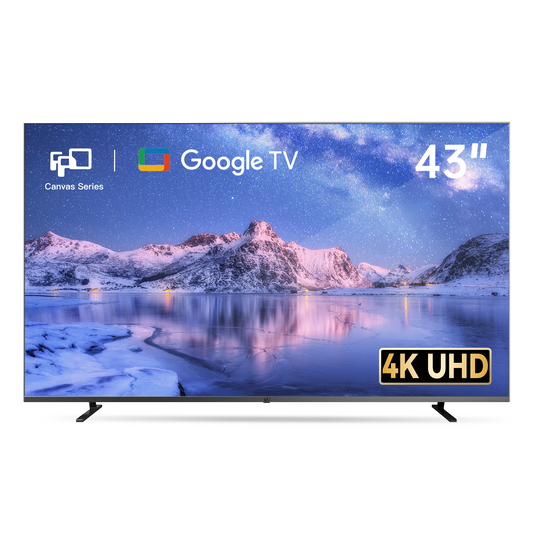
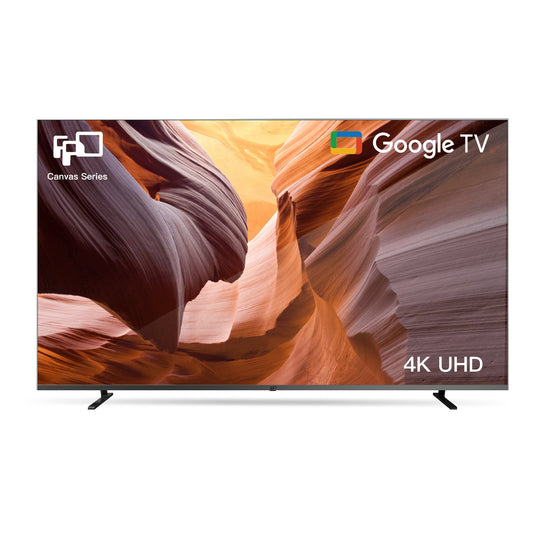
Leave a comment
Please note, comments need to be approved before they are published.